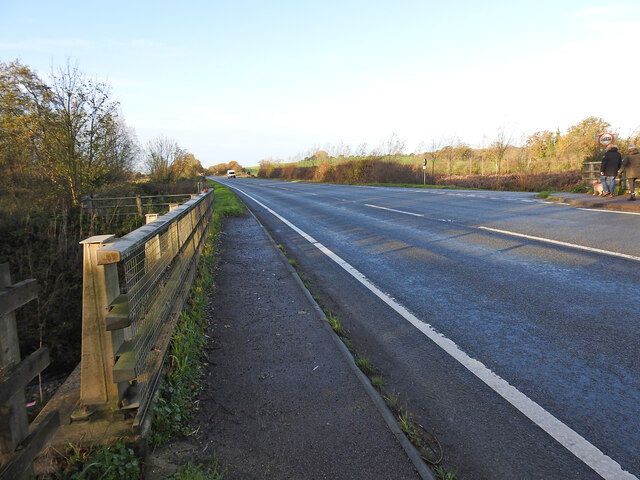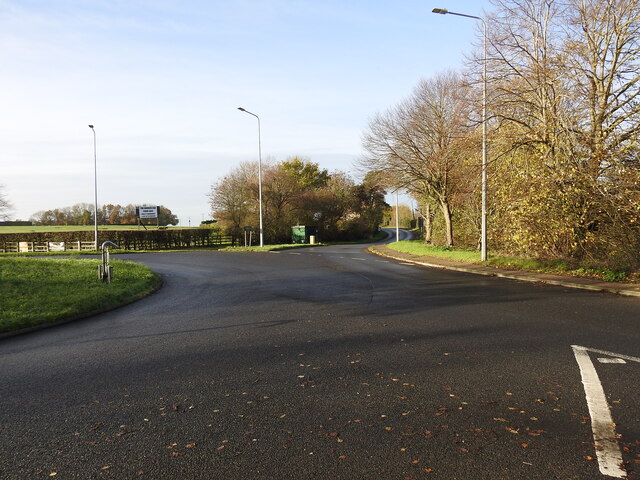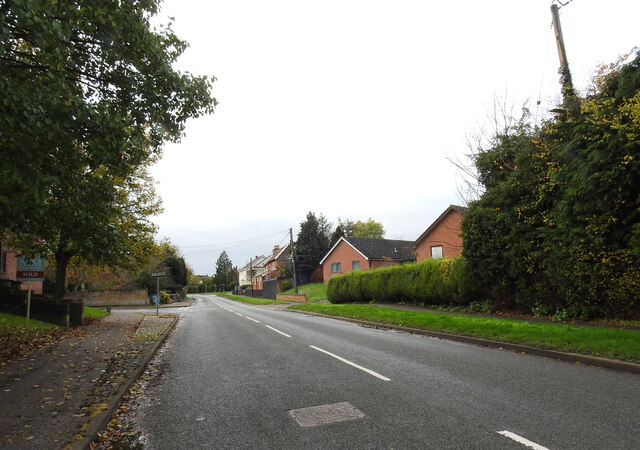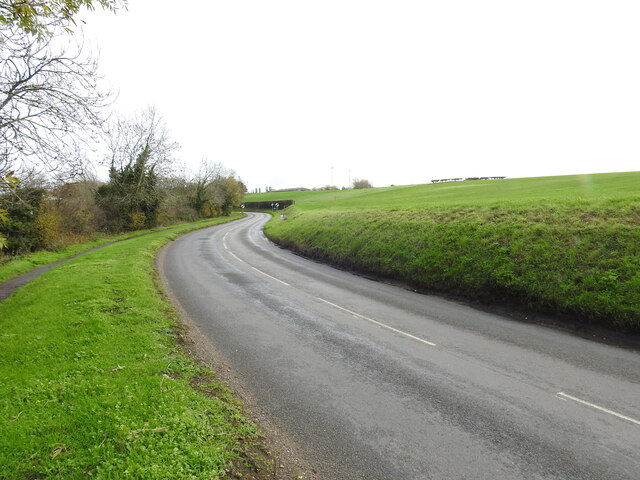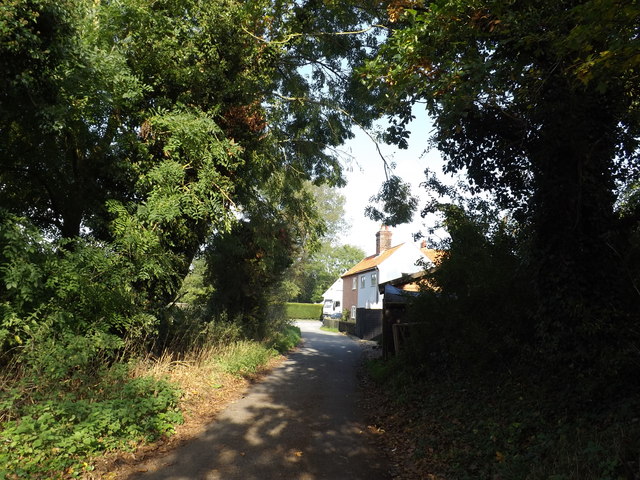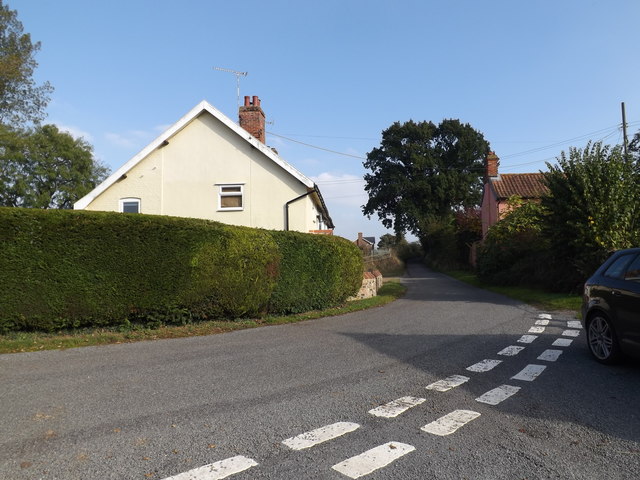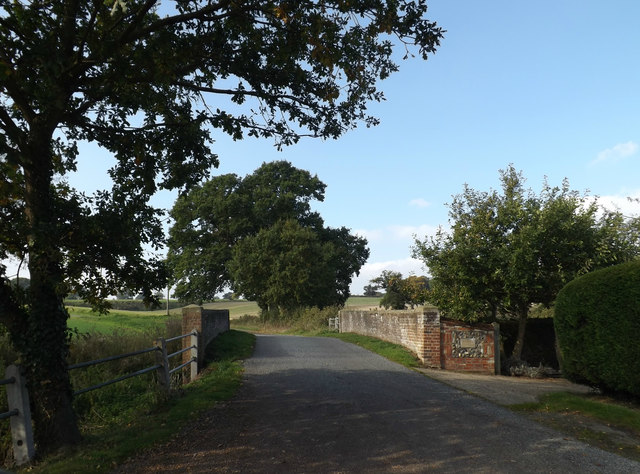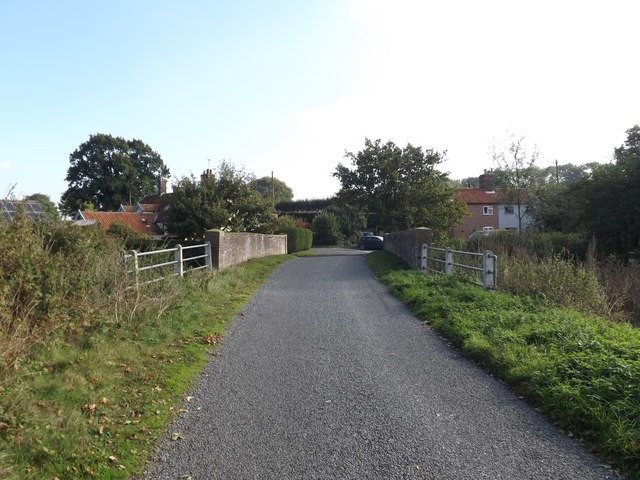Chestnut Grove
Wood, Forest in Norfolk South Norfolk
England
Chestnut Grove
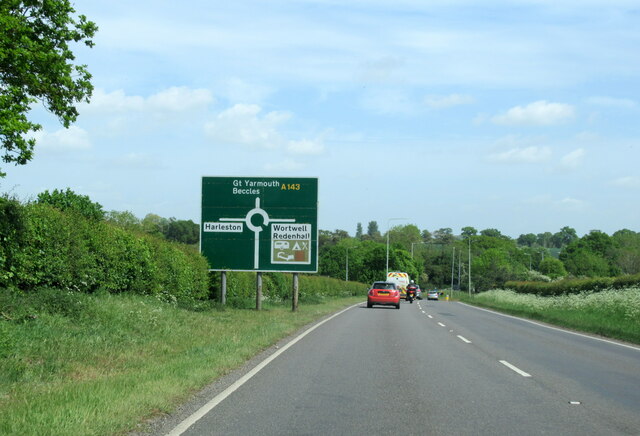
Chestnut Grove, Norfolk is a picturesque wood or forest located in the county of Norfolk, England. It is known for its dense canopy of chestnut trees, which provide a stunning display of vibrant autumn colors as well as a rich source of chestnuts during the harvest season.
This woodland area covers approximately 50 acres, making it a relatively small but charming destination for nature enthusiasts and locals alike. The forest is easily accessible, with well-maintained footpaths and trails that wind through the trees, allowing visitors to explore the beauty of the natural surroundings.
Chestnut Grove is home to a diverse range of flora and fauna, providing a haven for wildlife such as squirrels, deer, and various bird species. The forest floor is carpeted with a thick layer of fallen leaves, creating a peaceful and serene atmosphere.
The wood is a popular spot for outdoor activities such as walking, hiking, and birdwatching. Its tranquil setting also makes it an ideal location for nature photography and painting enthusiasts, who can capture the changing seasons and the unique beauty of the forest.
Chestnut Grove, Norfolk is not only a haven for nature lovers but also an important ecological site, contributing to the overall biodiversity of the region. Its conservation and preservation are of paramount importance, ensuring that future generations can continue to enjoy the natural wonders it has to offer.
If you have any feedback on the listing, please let us know in the comments section below.
Chestnut Grove Images
Images are sourced within 2km of 52.42316/1.312102 or Grid Reference TM2585. Thanks to Geograph Open Source API. All images are credited.
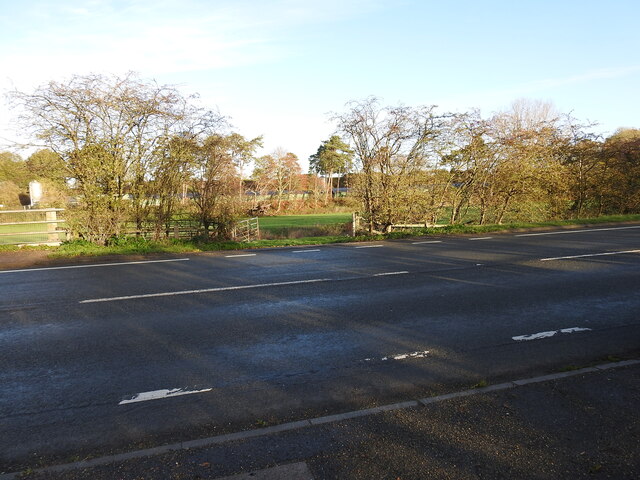
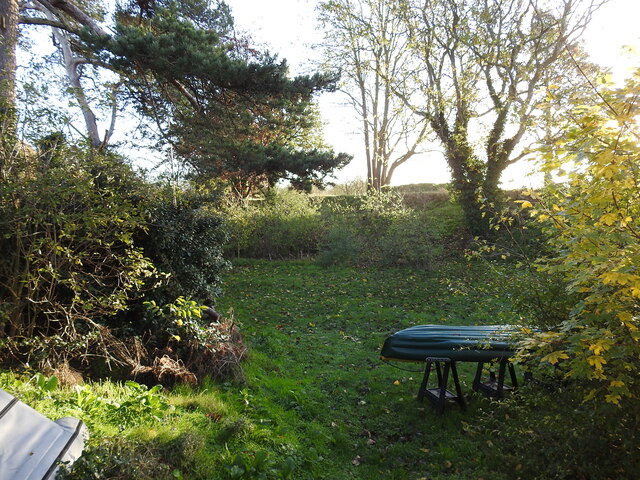
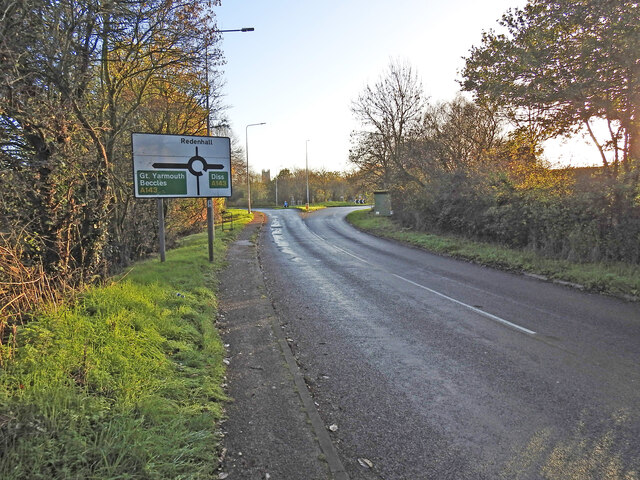
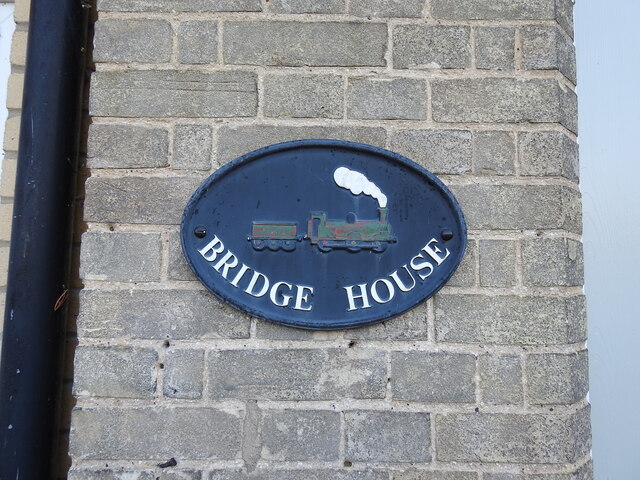
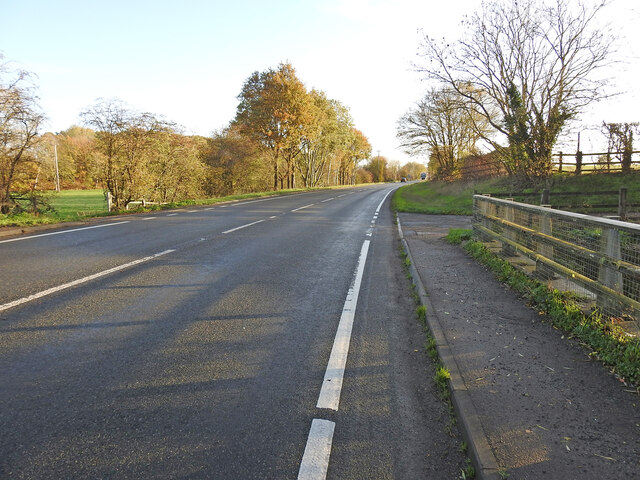
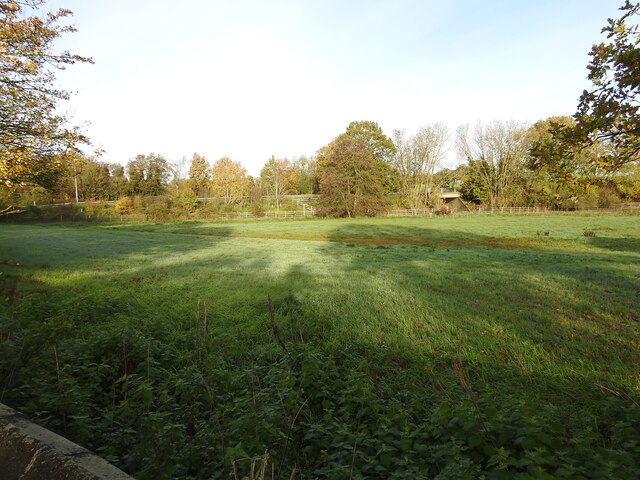
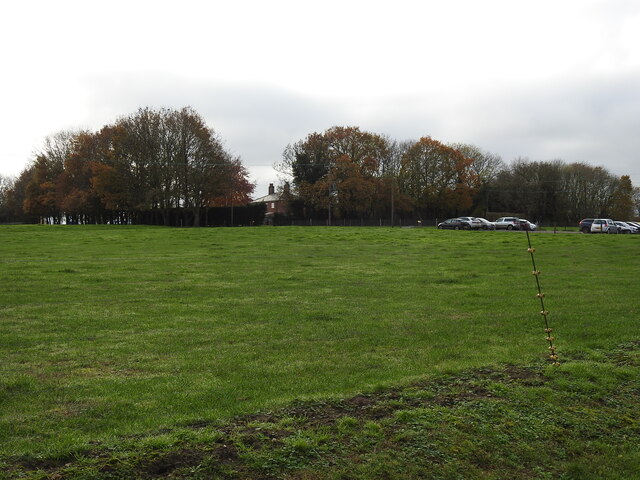
Chestnut Grove is located at Grid Ref: TM2585 (Lat: 52.42316, Lng: 1.312102)
Administrative County: Norfolk
District: South Norfolk
Police Authority: Norfolk
What 3 Words
///reckoned.eventful.classic. Near Harleston, Norfolk
Nearby Locations
Related Wikis
Gawdyhall Big Wood, Harleston
Gawdyhall Big Wood, Harleston is a 29.8-hectare (74-acre) biological Site of Special Scientific Interest north of Harleston in Norfolk.This ancient wood...
Redenhall railway station
Redenhall was a station in the small hamlet of Redenhall, Norfolk. It was opened in 1861 as part of the Waveney Valley Line between Tivetshall and Beccles...
Church of the Assumption of the Blessed Virgin Mary, Redenhall
The Church of the Assumption of the Blessed Virgin Mary, Redenhall (St. Mary's Church) is a Grade I listed parish church in the Church of England in Redenhall...
Alburgh
Alburgh is a village and civil parish in the English county of Norfolk. It lies about four miles (6 km) north-east of Harleston and 16 miles (26 km) south...
Have you been to Chestnut Grove?
Leave your review of Chestnut Grove below (or comments, questions and feedback).
